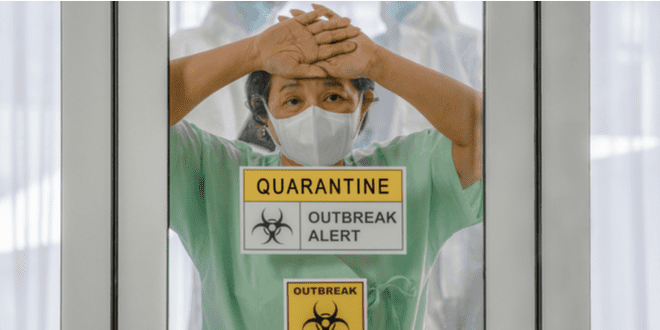Epidemiologists have long been intrigued with the question of whether more people die on certain days of the week. It seems there is truth to the premise, but the trends are very different depending on where one lives and the characteristics of each population.
For example, in the US, hospitals recognize the “weekend effect” in which patients admitted on a weekend (or holidays) are at a greater risk of dying than those brought in during the week; this is due to the decrease in medical staff and resources on Saturdays and Sundays
The US Centers for Disease Control and Prevention found a few years ago that the risk of dying outside the hospital was significantly higher on Saturdays and that the rate of heart attacks peaked on Mondays, when people went back to work, regardless of age or gender. Tuesdays saw the highest number of deaths from the flu and pneumonia, though Wednesdays came in a very close second. Deaths from car crashes, however, were the lowest on Tuesdays, while Thursdays had the fewest deaths from heart attacks, diabetes and firearms.
As for holidays, Americans were more likely to die around Christmas, Easter and other holidays, while Israeli Jews were least likely to die on Shabbat and around major holidays, apparently because of less loneliness because families get together, making those at risk feel they have something to live for.
A study conducted at Ben-Gurion University of the Negev in Beersheba two decades ago found that deaths among Israeli Jews declined significantly during the days leading to Yom Kippur, the most sacred day of the Jewish year, no matter when in September/October it fell.
Now, Prof. Neil Gandal from Berglas School of Economics at Tel Aviv University, together with his brother Prof. Keith Gandal from City College of New York, examined COVID-19 deaths by day of the week in the US. Mysteriously, the same pattern has repeated every single week of the pandemic – deaths rise from Tuesday to Friday and decline in number between Saturday and Monday, hitting their lowest point on Sunday or Monday. Controlling for time trends, deaths during weekends were at least 40 percent lower than on weekdays.
According to the researchers, the average death toll from COVID-19 in the US has been 901 deaths on Saturdays, 682 on Sundays and 699 on Mondays. The Sunday-to-Monday average then sharply rises on Tuesdays to 1,119. Wednesdays are the worst in terms of COVID-19, with an average of 1,130 deaths – nearly 95 percent higher than your average Sunday and almost 90 percent higher than your average Monday. Then, on Thursdays, the daily average begins to decline again with 1,128 deaths, followed by 1,033 deaths on Fridays. Some 173,000 Americans have died from complications of the new Coronavirus since it began (compared to a total of nearly 800 in Israel).
However, the weekend effect does not hold in New York City. Without New York City, controlling for time trends, deaths during the Tuesday to Friday period in the US are 50 percent higher than the Saturday to Monday period.
The same effect was found in COVID-19 mortality rates for the rest of the world – though much weaker; there is a 20-percent lower risk of dying from the disease on weekends than on weekdays globally.
Historical research shows that there is such a weekend effect for overall deaths, but it is weaker still. In the case of England, for example, controlling for type of illness, researchers found that for every 100 deaths among patients in a hospital on Wednesday, there are 92 deaths among similar patients in the hospital on a Sunday. The difference is only eight percent.
“The robustness analyses we did and the fact that the weekend effect does not exist in NYC suggest that our results are not likely due just to reporting issues,” reported Prof. Neil Gandal. “It seems to us probable that something social or cultural is going on with overall US COVID-19 deaths, corresponding to differing behaviors and attitudes tied to different parts of the week. Perhaps people tend to relax more on the weekends, even in hospitals or long-term care facilities.”
Meanwhile, Prof. Keith Gandal, his brother, said that “the familiar rhythms of the American week were simply wiped away between mid-March and the end of May of this year. During that period, every day seemed the same, as in the movie Groundhog Day – except it was Coronavirus Day. Each day, you woke up to disbelief, dread, even horror, and soon enough, you heard the wail of ambulances. All day long, no one was on the streets. Even Times Square was empty. The sirens didn’t stop at night. Could worrying, watching the frightening news coverage of the pandemic, and ultimately panicking about COVID-19, be increasing the death toll? We leave this for future research,” he suggested.




